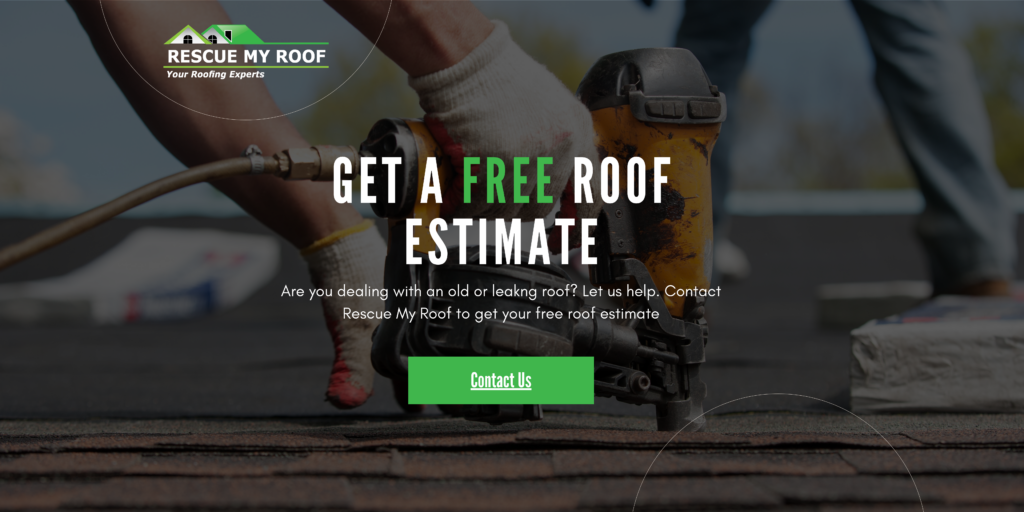Asphalt Shingles and Insurance Premiums: Understanding Classification Impact
Your home’s roof is more than just a protective covering; it’s a critical component that affects everything from curb appeal to insurance premiums.
Asphalt shingles are among the most common roofing materials for homeowners due to their affordability, durability, and versatility. However, not all asphalt shingles are created equal, and their classification can have a significant impact on insurance premiums.
Rescue My Roof has been working with homeowners for over a decade, helping them achieve long-lasting and high-quality roofs. Today, we’re using our expertise to help you chase those roofing insurance deals.
In this article, we’ll explore the different classifications of asphalt shingles and how they influence insurance costs. Ultimately, you’ll know whichroofing materials to choose if lower insurance premiums are your goals.
Understanding Asphalt Shingle Classifications
The most common asphalt shingle used today are architectural shingles, which provide better durability and aesthetics than the formerly popular 3-tab shingles. They are constructed with multiple layers of asphalt, giving them a thicker profile and more dimensional appearance.
Architectural asphalt shingles come with many different classifications to identify their impact, fire, and wind resistance. Here’s what you need to know about those ratings:
1. Impact-Resistant Shingles
Impact-resistant shingles are designed to withstand damage from hail and other falling debris. These shingles are constructed with reinforced materials or special coatings that make them more resilient to impact.
To test a shingle’s durability, manufacturers use the Underwriters Laboratory (UL) Standard 2218, a testing method for evaluating impact resistance. Shingles can achieve an impact-resistance rating from Class 1 through 4, with a Class 4 rating being the highest and best.
While impact-resistant shingles may have a higher upfront cost, they can lead to savings on insurance premiums by reducing the likelihood of damage claims.
2. Class A Fire-Rated Shingles
Class A fire-rated shingles are designed to provide the highest level of fire protection for your home. These shingles undergo rigorous testing to ensure they meet or exceed fire safety standards set by building codes and insurance companies.
Fire resistance is based on two test standards: UL 790 and ASTM E 108. There are three levels of fire resistance; Class A is the highest level.
- Class A: Effective against severe test exposure, affords a high degree of fire protection to the roof deck
- Class B: Effective against moderate test exposure, affords a moderate degree of fire protection to the roof deck
- Class C: Effective against light test exposure, affords a light degree of fire protection to the roof deck
Installing Class A fire-rated shingles may qualify homeowners for discounts on insurance premiums, as they help mitigate the risk of fire-related damage.
3. Wind-Resistant Shingles
All asphalt shingles are wind resistant; however, there are different levels of wind resistance. Proper nailing, fastener pull-through resistance and strong sealant bond strength provide wind resistance.
Asphalt shingles are tested to determine their wind resistance. Two test standards are commonly used.
- ASTM D3161, “Standard Test Method for Wind Resistance of Asphalt Shingles (Fan Induced Method).”Class F is the highest rating.
- ASTM D7158, “Standard Test Method for Wind Resistance of Asphalt Shingles (Uplift Force/Uplift Resistance Method).” Class H is the highest rating.
Impact on Insurance Premiums
Roofing material and classification are important factors that insurance companies consider when calculating premiums. Premiums may be higher for homes with basic three-tab shingles due to their lower durability and resistance to damage, as opposed to home’s with thicker, high-rated shingles.
Upgrading to architectural, impact-resistant, or Class A fire-rated shingles can lead to lower insurance premiums by reducing the risk of claims related to wind, hail, and fire damage.
Some insurance companies may even offer discounts or incentives for homeowners who invest in higher-quality roofing materials that enhance the safety and resilience of their homes. If you’re interested in not only protecting your home for a lifetime, but lowering your insurance premiums, high-rated shingles are worth the investment.
Shingle Classifications: A Key Factor in Lowering Insurance Costs
Asphalt shingles are a popular roofing choice for their affordability and versatility, but their classification can have a significant impact on insurance premiums. Understanding impact-resistant, Class A fire-rated, and wind-resistant shingles can help homeowners make informed decisions about their roofing materials.
By investing in higher-quality shingles that offer improved durability and safety features, homeowners can not only enhance the protection and longevity of their homes but also potentially lower their insurance costs in the long run.
Learn more about choosing shingles with “5 Reasons to Upgrade to Architectural Shingles” and “Comparing Shingle Manufacturers: 3 Key Considerations.”Are you looking for a roof to keep your home and family safe for a lifetime? Rescue My Roof is here to help. Contact us today to get a free roof estimate.


